Growing Adoption in Consumer Electronics
The consumer electronics sector in Japan is increasingly adopting VCSEL technology, which is significantly impacting the vcsel market. With the rise of smart devices, including smartphones and wearables, the demand for efficient and compact optical components is on the rise. VCSELs are favored for their low power consumption and high efficiency, making them ideal for applications such as facial recognition and gesture control. The market for VCSELs in consumer electronics is expected to reach approximately $500 million by 2026, reflecting a robust growth trajectory. This trend is further supported by the increasing consumer preference for advanced features in electronic devices, which necessitates the integration of sophisticated optical technologies. Consequently, the growing adoption of VCSELs in this sector is a pivotal driver for the vcsel market.
Increased Focus on Automotive Applications
The automotive industry in Japan is increasingly focusing on integrating VCSEL technology into various applications, which is driving the vcsel market. With the rise of autonomous vehicles and advanced driver-assistance systems (ADAS), the need for reliable and efficient optical sensors is paramount. VCSELs are being utilized for LiDAR systems, which are essential for enabling safe navigation and obstacle detection in autonomous vehicles. The automotive sector is expected to invest heavily in these technologies, with projections indicating a market value of over $300 million for VCSELs in automotive applications by 2027. This growing focus on automotive applications is likely to propel the demand for VCSELs, thereby significantly impacting the vcsel market.
Technological Advancements in Manufacturing
The vcsel market in Japan is experiencing a surge due to rapid technological advancements in manufacturing processes. Innovations such as automated production lines and precision engineering are enhancing the efficiency and quality of VCSEL devices. This has led to a reduction in production costs, making VCSELs more accessible to various industries. As a result, the market is projected to grow at a CAGR of approximately 15% over the next five years. The increased adoption of VCSELs in telecommunications and data centers is a key driver, as these sectors demand high-performance optical components. Furthermore, the integration of advanced materials and techniques in the manufacturing process is likely to improve the performance characteristics of VCSELs, thereby expanding their application range within the vcsel market.
Expansion of Data Centers and Cloud Services
The expansion of data centers and cloud services in Japan is a significant driver for the vcsel market. As businesses increasingly migrate to cloud-based solutions, the demand for high-speed data transmission and efficient optical components has surged. VCSELs are particularly well-suited for short-range data communication, making them essential for high-density data center applications. The Japanese data center market is projected to grow at a CAGR of around 12% over the next few years, further fueling the demand for VCSEL technology. This growth is likely to be driven by the need for enhanced bandwidth and lower latency in data transmission, which VCSELs can provide. Therefore, the expansion of data centers and cloud services is a crucial factor influencing the vcsel market.
Rising Demand for Optical Communication Systems
The demand for optical communication systems in Japan is on the rise, serving as a key driver for the vcsel market. As the need for high-speed internet and reliable communication networks grows, VCSELs are becoming increasingly important in optical fiber communication. Their ability to provide high data rates over short distances makes them ideal for applications in telecommunications and data transmission. The optical communication market in Japan is projected to grow by approximately 10% annually, driven by the expansion of 5G networks and the increasing reliance on digital communication. This trend indicates a robust future for VCSEL technology, as it plays a critical role in meeting the demands of modern communication systems within the vcsel market.

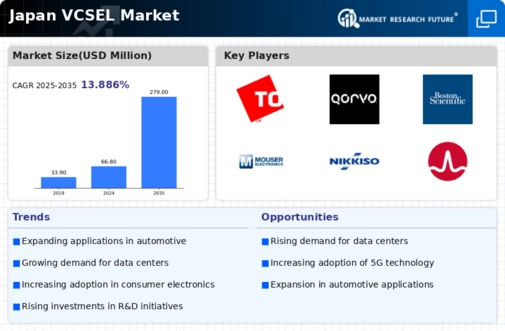
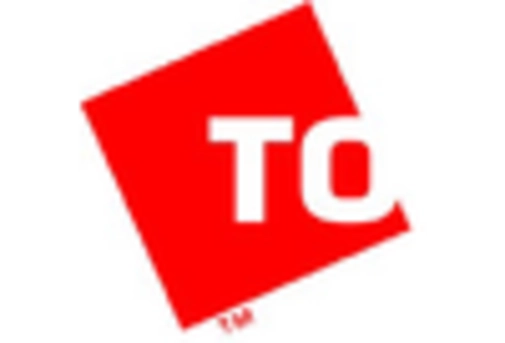
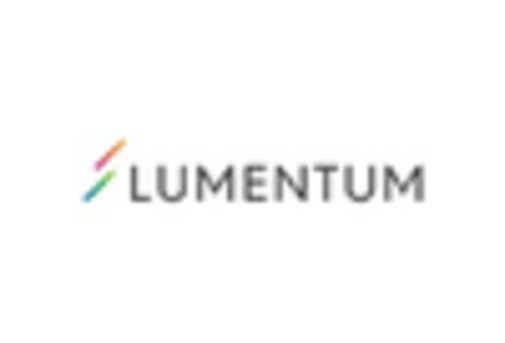
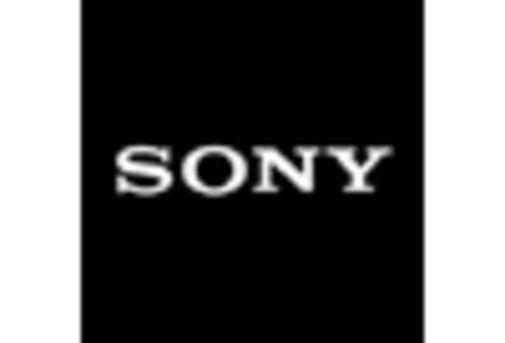
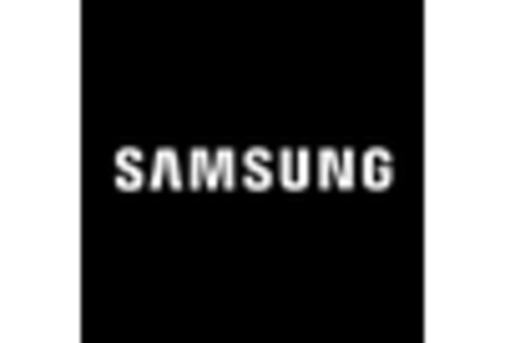
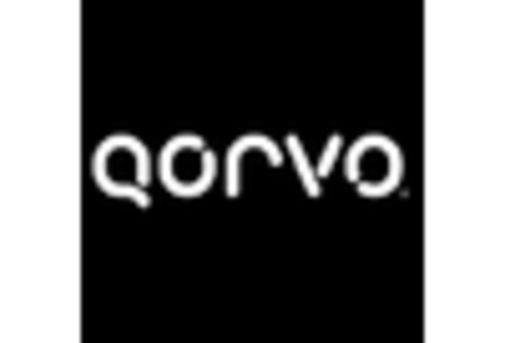














Leave a Comment